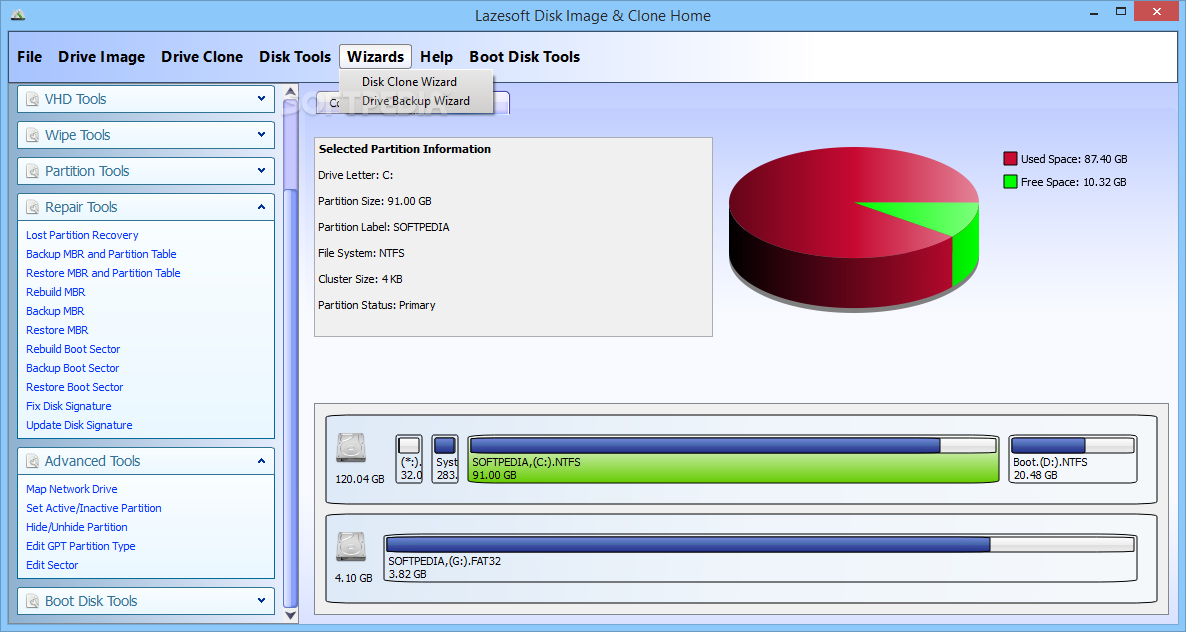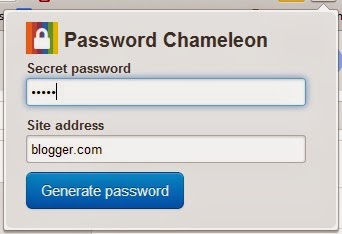
I recommend using a hex editor to do this.

Most likely, unless you used compression when you created the ghost images, they will be stored in the file, at a certain offset. Anyone know anything different? Anyone have any idea about a work around?įirst of all, it would be easier to use ghost to do this, since that's probably how you created them. Thing would be different is more people had this need hehe, surely someone could reverse it to make a kernel fs module, or something, but as far as I know such a thing does not exist for ghost files. I doubt that thing has changed, since the ghost format is propietary, close, and symantec is not willing to provide the specifications. I remember someone looking for the same thing in these forums, and AFAIK he never got a solution. I would also need to install the required file onto the partition that is reserved for Windows. I'd like to mount these files so that I can browse them to see which one to install. After browsing the installation CD, I believe that the OS resides in one of several. I've got Linux running decently one my laptop (still working on WPA, but that's another issue.).Īnyway, I'd like to put Windows back on it, but it came with one f those crappy OEM versions of windows which will format the entire drive if I install it normally. Posted: Sun 2:56 am Post subject: Mounting Ghost images Gentoo Forums Forum Index Other Things Gentoo Select Quit to leave the Ghost64 program.Gentoo Forums :: View topic - Mounting Ghost images When the Restoration process is complete you will be asked to Continue or Reset Computer. Select Yes to start the restoration process. Next you will be prompted to verify that you want to proceed with the image restore. You do not need to make any changes at the Destination Drive Details Window. Important: If you have a secondary HDD, make sure that HDD is not selected. The USB flash drive should be highlighted. GHO file a new window will ask for the destination drive. Here you will find a file with the extension of. Use the drop-down menu at the top of the window to navigate to the Directory that the ghost image is located in. Using the menu, navigate to Local > Disk > From Image.Īt the next screen, you will be asked for the image to restore from. This will reveal a menu in the lower left corner. Once Ghost64.exe is opened, click OK, on the splash screen, to continue.

Insert a USB flash drive to your computer then open Ghost64.exe.

To create a bootable USB for flashing BIOS, re-imaging a drive or capturing an image, you will need to follow the directions below.įirst place Ghost64.exe and the Ghost image file provided onto your desktop.

Please makes sure to back up any important data or settings before continuing. Warning: Follow the procedure below will erase all previous data on your USB flash drive.


 0 kommentar(er)
0 kommentar(er)
